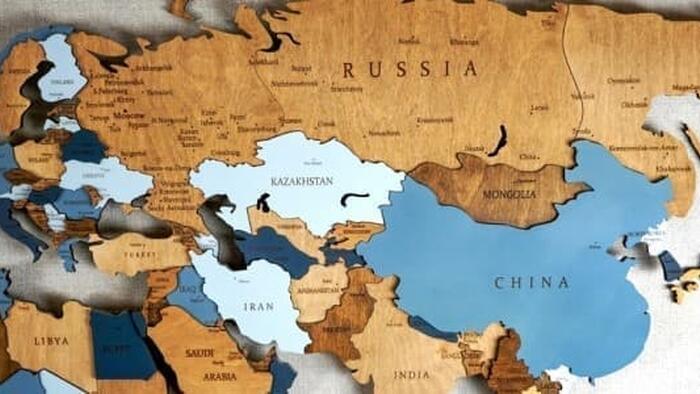Russian President Vladimir Putin is leveraging the 16th BRICS summit, taking place from October 22 to October 24 in Kazan, to assert Russia’s continued relevance on the global stage, particularly in light of the ongoing isolation that has followed its invasion of Ukraine. Hosting this meeting for the first time since the inclusion of new members—Egypt, Ethiopia, Iran, and the United Arab Emirates—signifies an effort for Russia to demonstrate its strategic alliances despite Western sanctions. The summit aims to reinforce the perception of collective economic power within BRICS and to market itself as a coalition capable of offering an alternative to Western-dominated systems. Putin’s agenda includes discussions around creating an alternative international payment system, immune to Western economic restrictions, and establishing a BRICS grain exchange to challenge existing agricultural markets.
While BRICS presents an image of unity against the West, the member states harbor significant differences in their geopolitical orientations. According to Stewart Patrick from the Carnegie Endowment for International Peace, a critical distinction lies between the ambitions of core BRICS players like China, Iran, and Russia, who desire to dismantle the current international order, and other members like Brazil and India, who seek reform. This discord could manifest during the summit, reflecting divergent strategies towards economic and diplomatic advancement. While China and Russia champion a more radical overhaul of the global framework, Brazil and India maintain closer relations with Western powers, underscoring the delicate balance BRICS must navigate amidst its internal divisions.
The economic motivations for BRICS membership extend beyond mere opposition to the West. For many nations—particularly the newly inducted members—the bloc serves as a platform for accessing alternative funding sources that stand outside of traditional institutions like the World Bank and International Monetary Fund (IMF). With a diverse group of countries eyeing opportunities to redefine leverage in the international market, BRICS’ appeal lies in its potential to present a viable alternative to U.S.-centric financial mechanisms. Countries are also motivated by the urgent necessity to explore emerging markets, pointing to a broader desire to recalibrate their engagement in the global economy.
The relevance and importance of geopolitical alliances are more pronounced in the current volatile global climate, which has been characterized by evolving tensions and unpredictability, especially concerning U.S. foreign policy. Nations view BRICS not only as an economic bloc but also as a safeguard against geopolitical risks stemming from Western dominance. However, amid the promise of cooperation lies the reality of operational difficulties stemming from the myriad of national interests and historical rivalries that permeate the group. Notably, Iran’s alignment with Russia and China contrasts sharply with the relationships of other members who have substantial ties to the U.S., complicating the articulation of a unified vision within BRICS.
Internal disparities threaten to impede the growth and efficacy of the BRICS bloc. The quest for a common policy framework is further complicated by existing tensions—such as those between China and India—along with divergent relationships with the United States, as evidenced by Egypt’s receipt of U.S. military aid and the UAE’s hosting of American military bases. These complexities could hinder the group’s ability to operate as a coherent entity, weakening its collective position in international discussions and initiatives. Despite these challenges, the bloc’s expanded membership has injected new dynamics that could enhance its global influence, provided that it can navigate its internal differences effectively.
In conclusion, the BRICS summit in Kazan represents a crucial moment for Russia and its allies as they seek to present a united front against Western influence while grappling with internal contradictions. While Putin aims to brand the organization as a formidable adversary to the established Western order, the real success of BRICS hinges on its ability to reconcile its members’ differing political agendas and economic interests. The journey ahead will require careful diplomacy and strategic alignment to forge a cohesive identity that can capitalize on both its collective strengths and its broader vision for a diversified global economy. The mixed success previously encountered by the bloc serves as a cautionary reminder of the complexities inherent in such an ambitious coalition.

